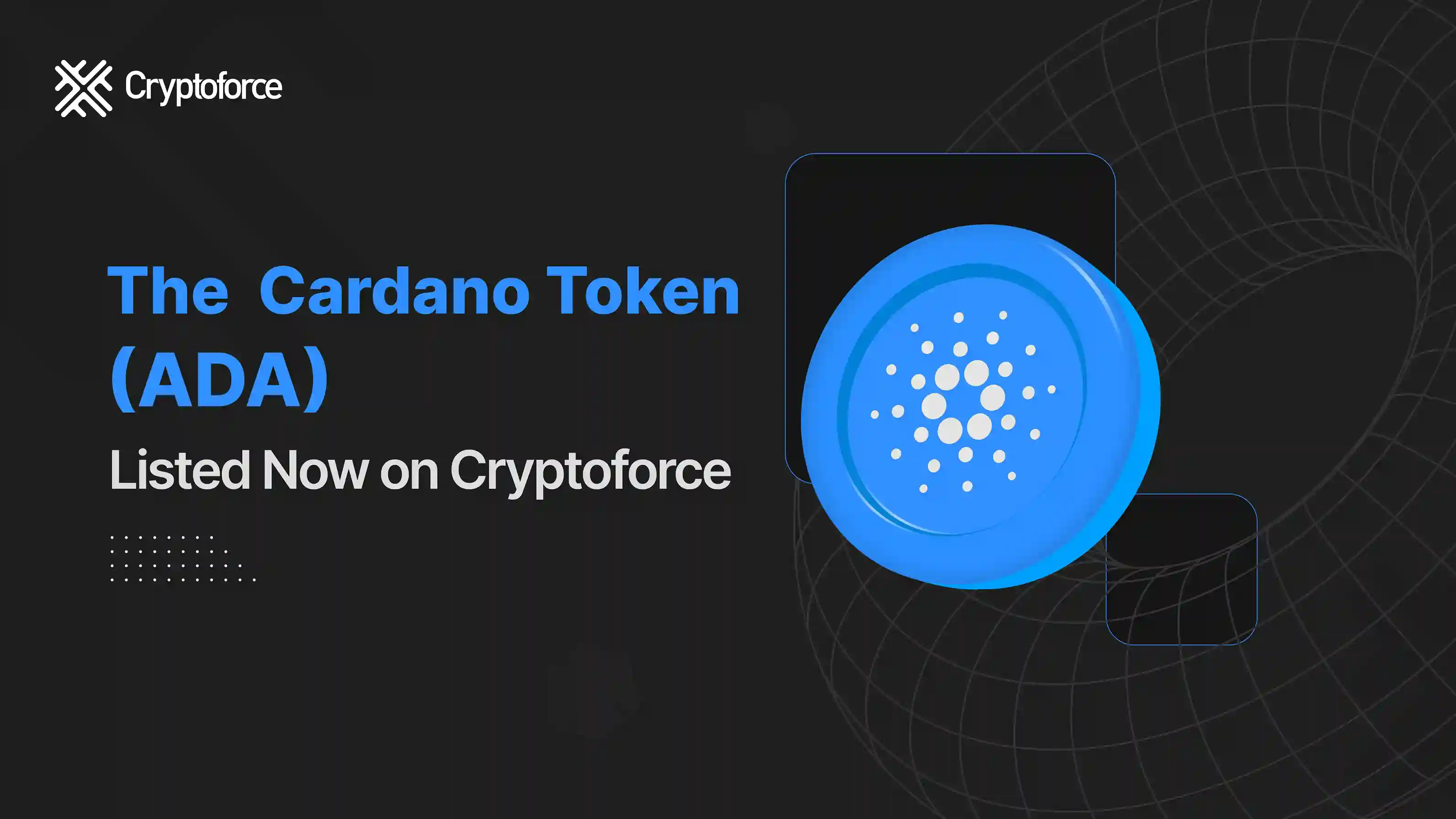What is Cardano?

Cardano is an open-source proof-of-stake blockchain technology with the stated mission of empowering "changemakers, innovators, and dreamers" to create a better world.
A secondary goal of the open-source initiative is to "redistribute power from unaccountable structures to the margins to individuals," making society safer, more open, and more equitable.
Cardano was established in 2017 and was named after the Italian polymath Gerolamo Cardano, who lived in the 16th century. Ada Lovelace, a mathematician from the 19th century who is sometimes considered the first computer programmer, is honored with naming the native ADA token. Owners of ADA tokens will be able to have a voice in the management of the network thanks to their token's construction. This means that cryptocurrency holders have a say in updating the system as long as they have a portion of the digital currency.
According to the team behind the layered blockchain, there have already been several compelling use cases for its technology, which intends to facilitate the modular development of decentralized apps and smart contracts.
Cardano's value increased by 116% in September 2021 when Charles Hoskinson announced the release of the Alonzo hard fork. When the Cardano 'Alonzo' hard fork went live on September 12, 2021, it added smart contract capabilities to the network. Over a hundred smart contracts were implemented within the first 24 hours after becoming live.
Cardano is used by agricultural organizations to track fresh produce from farm to fork, while other solutions created on the platform allow educational credentials to be securely saved and shops to combat counterfeit items.
Why is Cardano unique?
Cardano is a major blockchain that has successfully implemented a proof-of-stake consensus mechanism, an alternative to Bitcoin's energy-intensive proof-of-work algorithm.
The project is proud of its commitment to peer-reviewed research, which ensures that any technology generated is put through rigorous scrutiny before being considered viable. The Cardano team claims that the blockchain is more robust and secure as a result of this academic rigor, with the added benefit of boosting the likelihood that future problems will be foreseen.
Cardano hosted the Shelley upgrade in 2020 with the goal of making its blockchain "50 to 100 times more decentralized" than other big blockchains. Hoskinson speculated at the time that this would enable hundreds of assets to operate on its network.
The implementation of the Alonzo hard fork in September 2021 marked the end of the Shelley era and the beginning of the Goguen era. Using Cardano, users may create and publish smart contracts, paving the way for the creation of blockchain-based native DApps. On September 2, 2021, just over a month before the launch, the price of Cardano surpassed $3, reaching a new all-time high of $3.101.
Because bitcoin is unregulated by governments, it is hard for marketers to monitor and analyze user activity. As such, social media data is being sold to online advertisers and marketers; it might have a negative impact on these industries' respective advertising and marketing strategies.
How many ADA coins are there?
The total supply of ADA is capped at 45 billion, although as of this writing, only roughly 31 billion were in circulation. From September 2015 to January 2017, there were a total of five public sales of Cardano tokens. Cardano's pre-launch selling price was $0.0024; therefore, investors have already made more than a thousand times their investment.
As soon as the network was up, IOHK was allocated around 2.5 billion ADA. Meanwhile, Emurgo, a worldwide blockchain technology company and a founding corporation of the Cardano system, was awarded an extra 2.1 billion ADA. Last but not least, 648,000,000 ADA were donated to the non-profit Cardano Foundation in an effort to raise awareness of and interest in the platform.
While the project's creators received around 16% of the entire supply of ADA, investors received 84%.
Network Security
Cardano is protected using the Ouroboros Proof-of-Stake (PoS) protocol, which boasts of being "environmentally sustainable, verifiably secure."
In comparison to Bitcoin, the Ouroboros project claims that its cryptocurrency is four times more energy efficient while providing the same security assurances.
It is defined as a combination of novel technology and statistically validated mechanisms, with a dash of behavioral psychology and economic philosophy thrown in for good measure. The ultimate goal of Ouroboros is to promote growth that is both environmentally conscious and moral.
Users in the network are rewarded for their participation through an incentive system.
Where can you buy ADA?
ADA is available on the licensed cryptocurrency exchange CryptoForce and several other national and international exchanges.
Disclaimer: Cryptocurrencies are highly volatile and subject to market, technical, and regulatory risks. Crypto trading requires one’s own diligence, and Cryptoforce will not be responsible for any losses incurred. Any information provided here should not be regarded as Cryptoforce’s technical or financial advice.